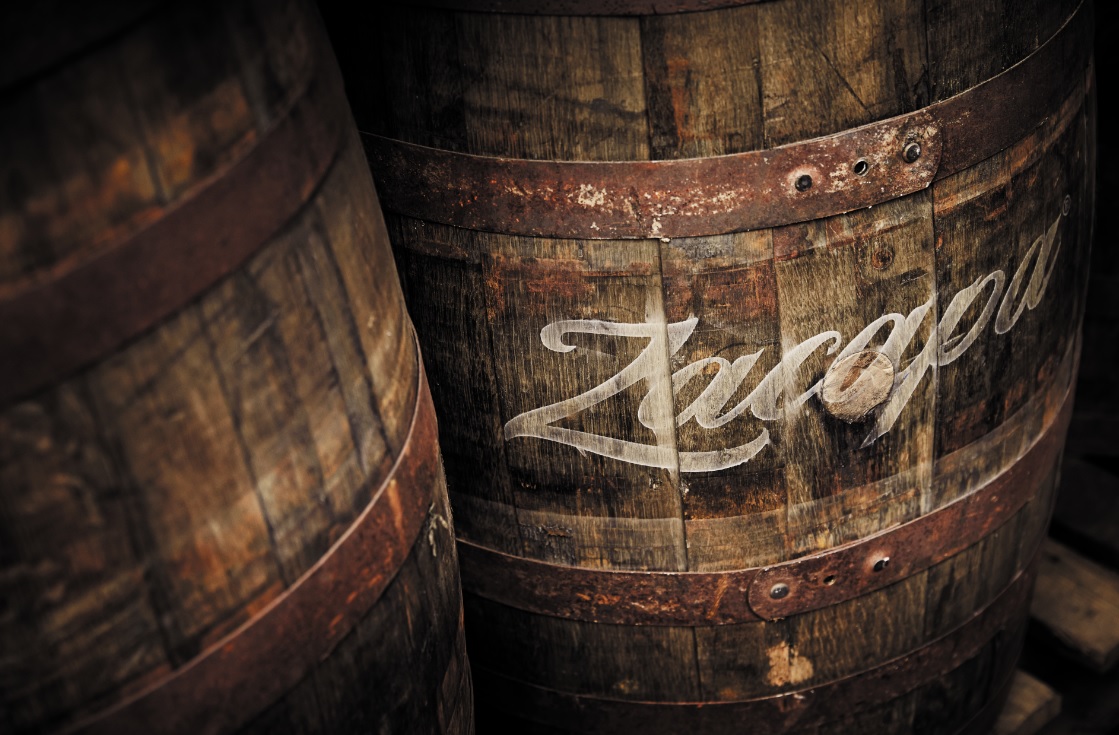Hamilton says the unwritten rule that you don’t say anything about the competition is damaging. “Yesterday I received a press release that talked about a new rum from the Virgin Islands made in a small batch pot still. There are no pot stills licensed to make rum in the US Virgin Islands. This rum and everything about it is complete bullshit unless this is a new distilled spirits plant, in which case they should be talking about that, but they aren’t.
“The media is going to have to talk about fake products and not continue to take the attitude that you can’t say anything about other products,” he says.
COMMUNICATION
For Seale, it all comes down to communication. He says: “Communication of premium can’t be left to individual brands, we have to have an industry-level communication of real value. At the moment a mass-produced brand with a large but grossly misleading age claim and an artisanal brand with a smaller but accurate age claim will have the same industry level communication on the label – rum. How do you promote real value, artisanal production and authentic age when the consumer must struggle to identify it?”
Montserrat De Rojas, Zacapa global brand director, says the issues hark back to the fact there is no standard definition of what rum is. “The category is not homogenous, it isn’t governed by the same standards as scotch as each country which produces rum has a different definition. Therefore consumers do not always experience quality rums so do not place as much value on premium rum as they do on scotch, for example.”
The rum industry could and should take cues from other categories, Hamilton says. “The tequila industry now requires a NOM number on every bottle of real tequila, but the number of rums that have no path to origin is increasing every month.”
Having a definition to refer to on aged statements would certainly help, but as Leanne Ware, Mangrove head of marketing and brand strategy, says: “As we have seen in whisk(e)y, this regulation can still be confusing to the average consumer.”
So, what’s the answer? Perhaps educating the consumer on what to look for and to be more aware would help?
“In my opinion, there is a big challenge in ensuring everyone (trade and consumer) has a similar definition of what a dark or aged rum is,” Ware says. “For some, an aged rum is anything that has spent time in a barrel, whereas for others, it has to have spent a minimum duration in there. Similarly, you may get someone looking at a naval or demerara rum such as Skipper, and assuming that as it is so dark, it must have spent more time in the barrel too.”
Hamilton says talking is the only way to help the category. “Most consumers and bloggers would be surprised how many of the biggest names don’t even distill their own rum but buy distillate from other producers, but no one talks about it,” he says. “I understand PR agencies don’t want to say anything because they would like to get the PR check from the bigger brand, but hiding the origin of the juice in your bottle doesn’t help the industry in the long run.”




